Batman: Arkham Asylum is 10 – Rocksteady founders on the genre-defining superhero game
How Rocksteady re-invented the superhero genre for videogames
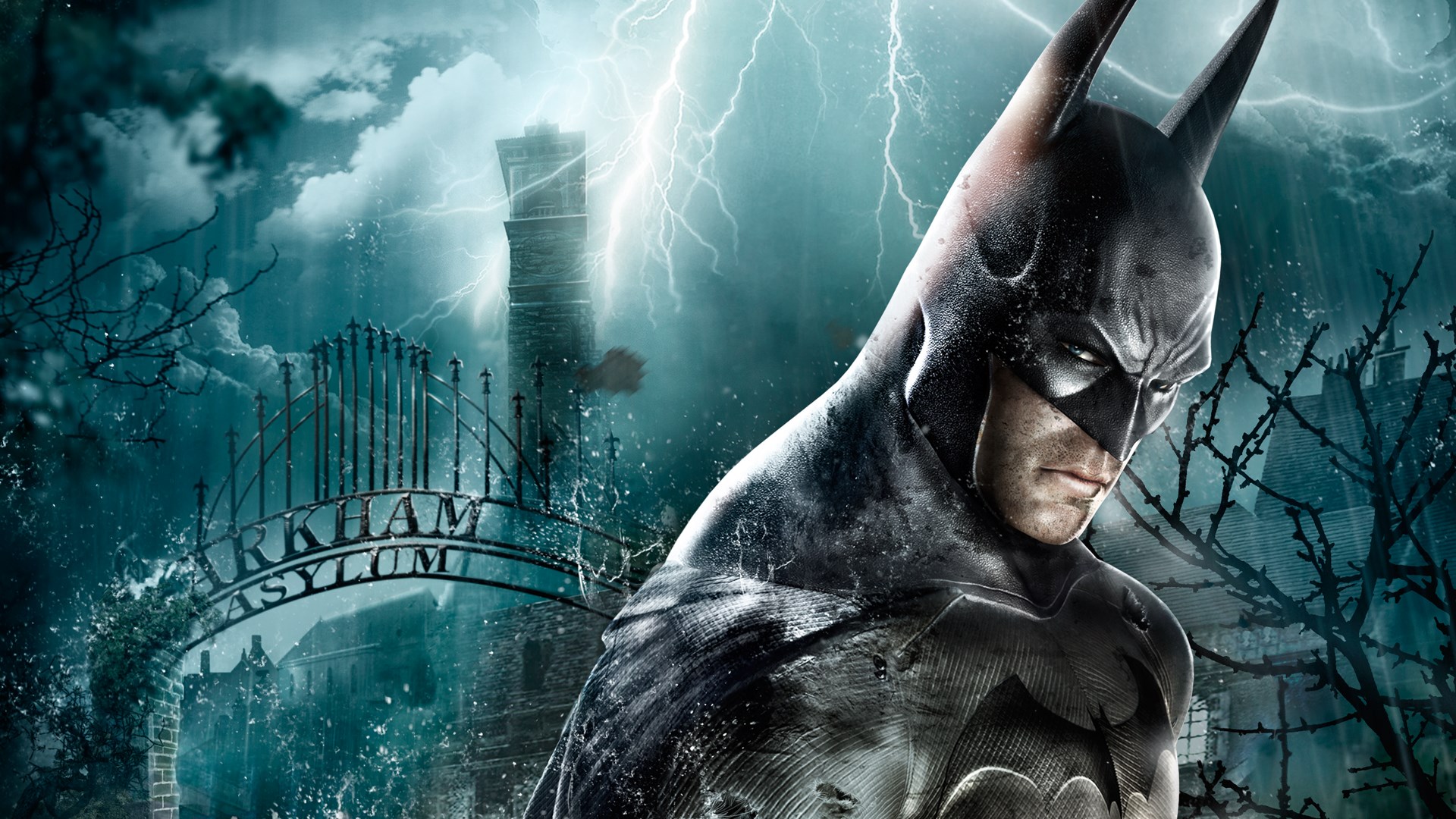
Released in August of 2009, Batman: Arkham Asylum redefined what a superhero game could be. 10 years on, the title is still viewed as the benchmark for the superhero genre in video games, with a legacy quite unlike any other.
“We were a small team of developers with experience on some fairly successful titles, but I think we all felt there was enormous potential working with Batman to create something very special,” Rocksteady studio director Jamie Walker tells us.
Not only a critical success, developer Rocksteady’s first outing into the Arkham-verse went on to sell over 10 million copies worldwide, not accounting for digital console sales figures and recent re-releases under the Batman: Return to Arkham banner. Not bad for a “small team” from Kentish Town, London.

A decade ago, however, it was an entirely different time across all media for the Caped Crusader. Christopher Nolan’s The Dark Knight had taken the IP to fandom levels unheard of, while aside from LEGO interpretations of the character, Batman struggled to find a video game adaptation that embodied what it truly meant to be the World’s Greatest Detective.
Sure, there were movie-tie ins like Eurocom’s Batman Begins, but with mixed reviews engulfing the title a sequel devoted to Nolan’s successive cinematic hit ‘The Dark Knight’ was scrapped resulting in the closure of Pandemic Studios and the Batman license being up for grabs.
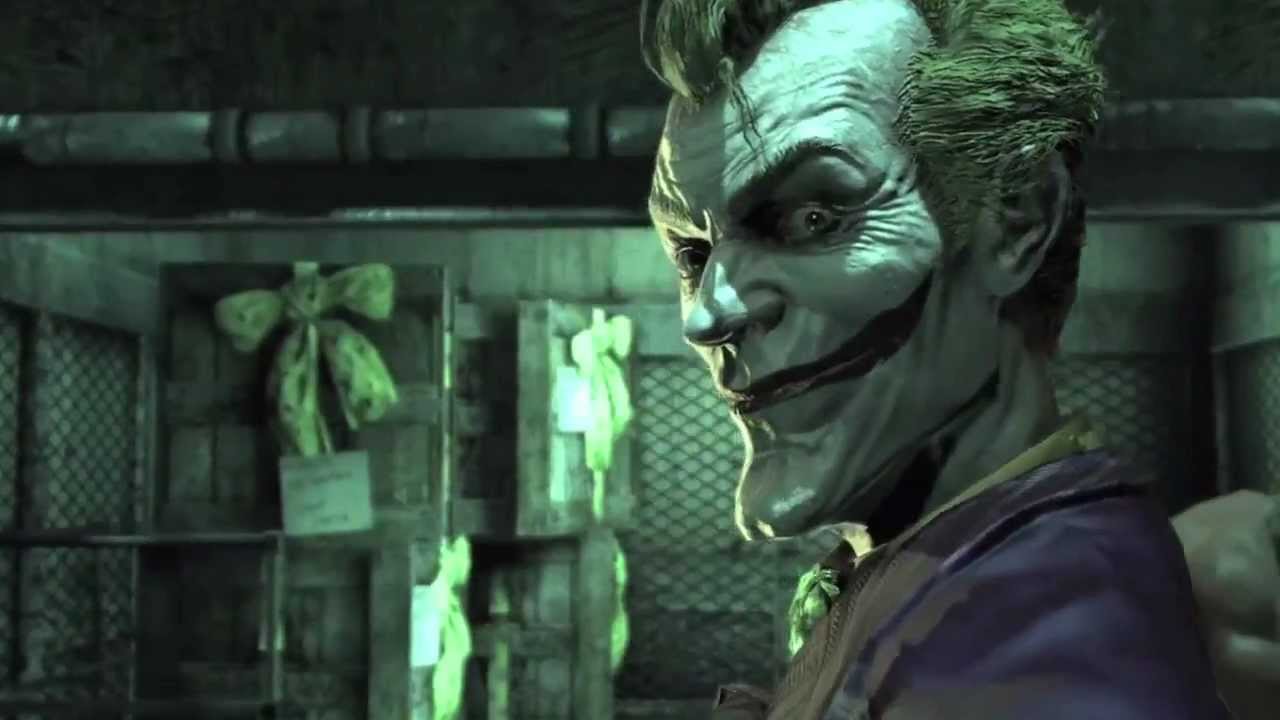
Nowadays every company would be fighting it out for a chance to use a superhero license – especially the Batman license. But back then “no one thought there was a lot of value in a Batman game” as Rocksteady game director Sefton Hill confirmed in a Reddit AMA.
Both Hill and Walker co-founded Rocksteady in 2004: initially launching Urban Chaos: Riot Response, a first-person shooter set in an unnamed American state. Then, in 2007, publisher Eidos Interactive approached the studio with a once-in-a-lifetime opportunity that would change everything from here on out.
Get daily insight, inspiration and deals in your inbox
Sign up for breaking news, reviews, opinion, top tech deals, and more.
“We literally tore their hand off!”
"They explained they had the rights to develop a game using the core Batman license – not one based on any particular movie or TV show – and asked if we were interested in pitching for it,” says Hill.
“Interested? Are you kidding me? We literally tore their hand off! What an incredible opportunity to be able to work on something that you absolutely love. Immediately we started sharing ideas for how to create our dream Batman experience, and the foundations for Arkham Asylum were laid in what felt like a very short time.”

“When we found out the pitch was successful, the excitement was intense in the studio,” added Walker.
“Back then, we just wanted to make our own version of a great Batman game. We never would’ve imagined that it could achieve the level of success that it did.”
Establishing an original identity for Arkham was a necessity for a franchise that carries over 70 years of history beneath its cape. Though to keep things familiar - while playing off one of the most popular portrayals of Bats and The Joker - Rocksteady reached out to fan favorites Kevin Conroy and Mark Hamill of the Batman animated series, to see if they would be interested in bringing their iconic voices to the table.
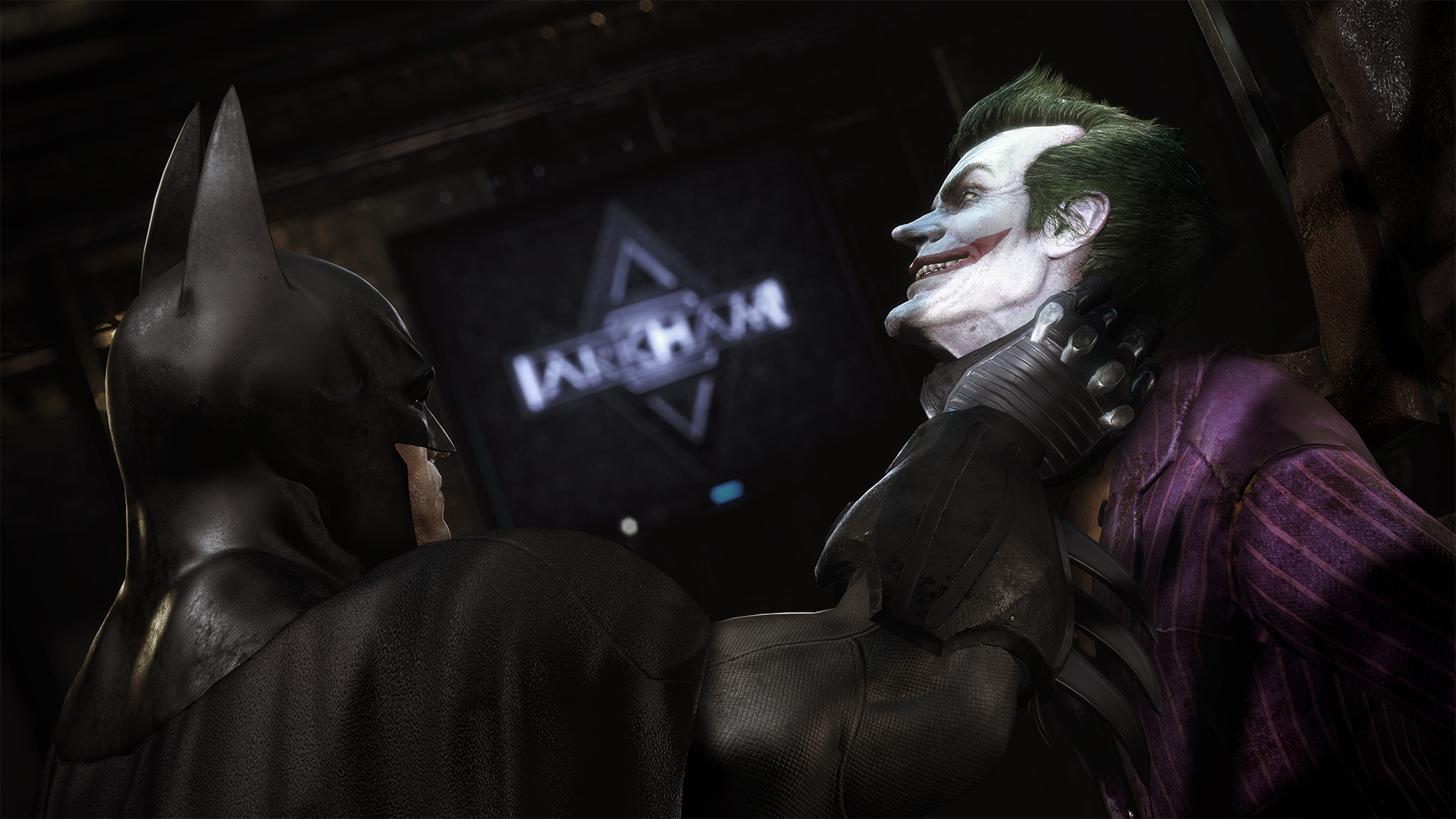
“I think both Kevin and Mark are very passionate about the roles, and they were excited about getting the chance to go head-to-head as Batman and The Joker in this context,” Hill says.
If Kevin Conroy embodies Batman on a fundamental level, Mark Hamill is the opposite: he transforms into The Joker as soon as he enters the recording booth.
Sefton Hill, Rocksteady Studios
“One of the main themes in Arkham Asylum is about the conflict between their characters, and I think one of the strengths of the game is how well they both really threw themselves into that dynamic.”
Throughout the Arkham-Trilogy, the duo’s relationship stands as the focal point for the entire story thread. With the pair embodying those characters since 1992, it made the choice “very natural” for the studio.
“Their interpretations of Batman and The Joker really helped to present that relationship in the right level of depth – the antagonism, the understanding, and the interdependence between those two characters,” Hill tells us.
“Kevin is a phenomenal talent: he brings an unbelievable depth to Batman. Not just his persona as a vigilante, but the man under the mask: his complexities, his struggle, and his commitment to doing the right thing. Dedication is Batman’s real superpower, and Kevin Conroy’s performance has always conveyed that commitment in a very powerful way.
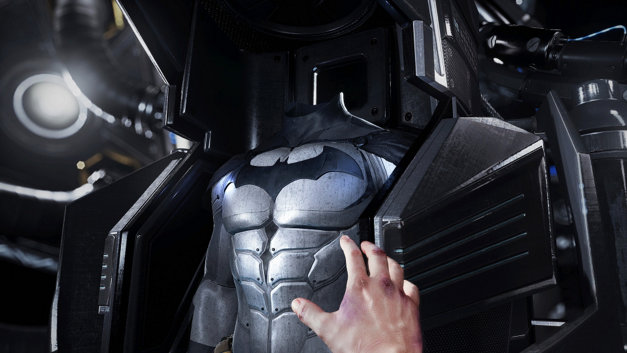
Arkham Asylum was the first step into the Batverse for Rocksteady Studios. 2011's Batman: Arkham City turned the series into an open world franchise, opening up the entirity of the iconic Gotham City to explore, while 2015's Arkham Knight for current-gen machines took advantage of hardware advances to bring the Batmobile to life. In terms of immersion however, Rocksteady's finest moment is Arkham VR – with a virtual reality headset as your cowl, you literally become the Bat himself. Note that the Batman: Arkham Origins prequel was developed by WB Games Montreal.
“If Kevin Conroy embodies Batman on a fundamental level, Mark Hamill is the opposite: he transforms into The Joker as soon as he enters the recording booth,” continues Hill.
“It’s a fascinating, terrifying thing to experience first-hand: Mark’s body language switches into this twisted reality where everything is funny and no-one is safe. It’s utterly convincing, and I think that level of devotion to the role comes through in every line he performs.
“It’s an immense privilege to be able to work with these amazing voice actors, and to feel the craft that they put into their work.”
Demoing the game
Obtaining Conroy and Hamill was a huge get, still during development there was no inkling that the title would succeed. It wasn’t until late in the process that Rocksteady was given any impression that what the firm was working on could actually be worthwhile.
“I remember demoing the game to the publisher at one time and there were two people from the publisher in the room,” Sefton previously recalled.
“After about three minutes of the demo, they went and got someone to join, then someone else, and then someone else. By the end of the demo there was about 50 people crammed into this tiny room. It was then that we started to think that we might have something a bit special.”
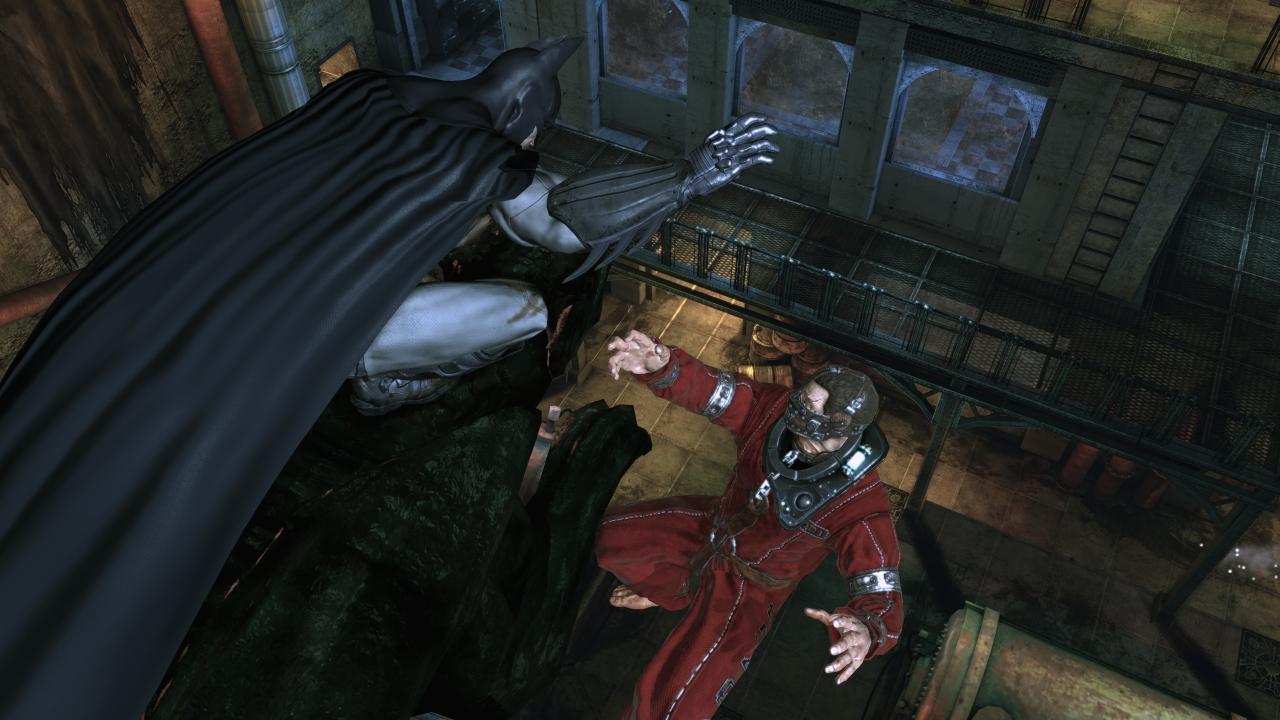
For Walker it was even later in the production cycle, after Arkham Asylum went ‘gold’ that the studio director realized they were on the right track:
“Our first reviews came out in a French magazine, and it was a nine out of 10. We were absolutely blown away and immediately ordered a copy for everyone in the studio! But then the reviews kept coming in, and by the time the bigger UK sites and magazines were writing about us we were on an incredible high.”
One devoted worker toiled away at Batman’s cape for approximately “two years”, accumulating in “over 700 animations and sound clips” just for the cloak alone.
As launch day neared, Rocksteady still understandably were apprehensive of how the game would fare. Former-Eidos Montreal president Ian Livingstone nevertheless was very brash on how Asylum would be received, telling IndianVideoGamer that he was expecting “scores in the 90s”.
A lot of development time for Rocksteady was spent in uncharted waters, as the team focused on every aspect of Arkham Island, creating all designs and mechanics from scratch. This included going to some extreme lengths to make sure DC fans got their proper fix, prompting Livingstone’s confidence in the finished product.
An unbelievable detail - that the Eidos president shared - was that one devoted worker toiled away at Batman’s cape for approximately “two years”, accumulating in “over 700 animations and sound clips” just for the cloak alone.
World’s Greatest Detective
Another element that complemented the overall arc particularly well was the studio’s implementation of trophies, filling in the background details on Bruce Wayne’s confidants and Batman’s rogue gallery. By opting for a detective scan feature, that allowed players to analyze any surroundings, secrets and interesting slices of information could be uncovered in a variety of ways.
“We spent a long time on the achievements for all our games, and I think one of the reasons is we use it as a way to reward players for exploring and investigating the world” Hill tells us.
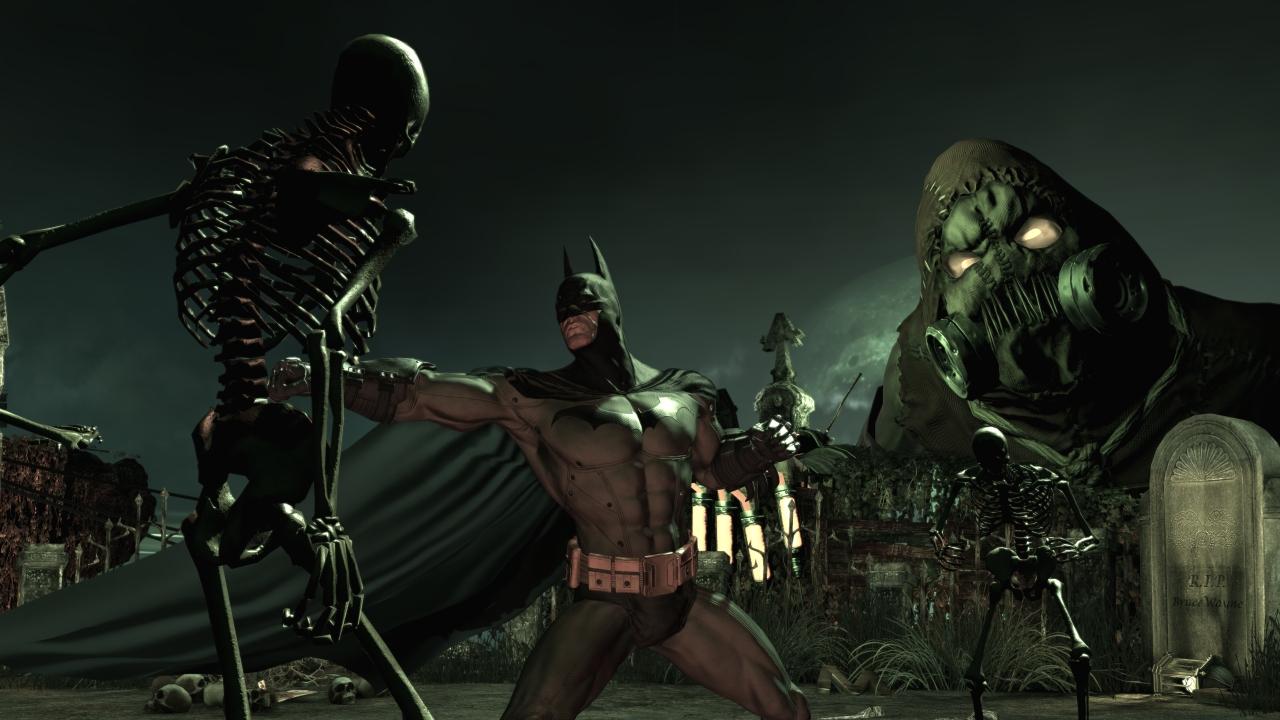
“Batman is The World’s Greatest Detective, and we wanted players to feel like they can embody every aspect of Batman’s persona. All the hidden details and Easter Eggs play into that as well: players who are as observant and disciplined as Batman will have a richer, deeper experience.
“We’re also a studio full of comic nerds, and a lot of the extra material we made (including the inmate bios) was simply driven by a love for the fiction. We wanted to fill the game with as much life as possible, so during development we took every opportunity we could to create a world that felt alive with detail and bits of obscure DC lore.”
This sentiment carries through each of Rocksteady’s Arkham background entries, with Easter Eggs scattered around every corner of the in-game map. But none has become more infamous than the secret room located in Warden Sharp’s office. When the wall was detonated, players unearthed plans for the game’s previously unannounced follow up, Arkham City. Not that any budding detectives cracked the case, as the studio revealed the information three years after release.
By this time, every accolade under the Bat-Signal was thrown its way – including the Guinness World Record for ‘Most Critically Acclaimed Superhero Game Ever’, until its sequel grappled that title away. With such high praise given, it’s hard not to let that influence decisions going forward, and this was the conundrum Rocksteady faced when it came to mapping out the complete Arkham arc.
“One of the things we enjoyed most about writing the Arkham series was the interaction between Batman and the different members of the Rogues Gallery,” says Hill.
“Batman has some of the best villains in fiction, and they’re all interesting because of the different ways they challenge him. That was the main inspiration when we started moving on to Arkham City.
“The central idea was to create an environment where Batman is forced into conflict with a wide cast of villains, and have all these different aspects of his personality and skills explored through that lens. For Arkham Knight, we wanted to examine the relationships between Batman and his allies, how they represent both a strength and a weakness for him, and how he deals with that conflict.”
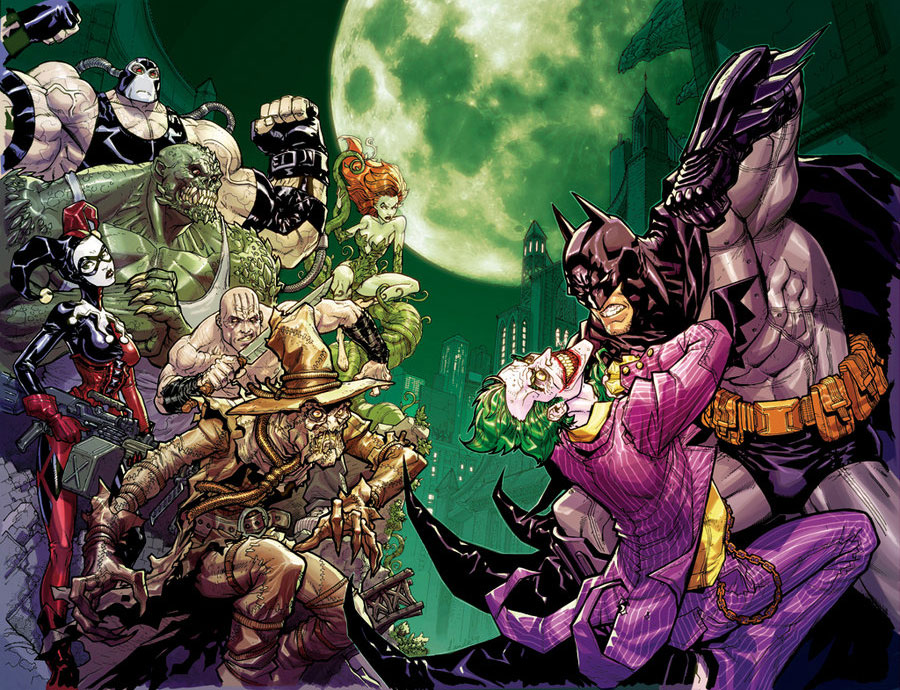
Now as Arkham Asylum prepares to celebrate a decade of being in the public-eye, it’s impact upon not only superhero games but video games as a whole cannot be understated. It was a catalyst for many now-standard gaming design choices, from titles aping its rhythmic combo-based combat system to the environment scanning detective vision. Developers the world over cite its inception as a major influence. All of this has helped propel Rocksteady to one of the top-tier developers on the planet – as we all eagerly await what life after The Caped Crusader will look like for the British-studio.
The journey from start-to-end has certainly thrown up some memorable moments for the developers. Sefton Hill recalls a moment that he doesn’t reference as his proudest but definitely one of his most fun experiences from the last 10 years, taking place on the eve of Arkham City’s release.
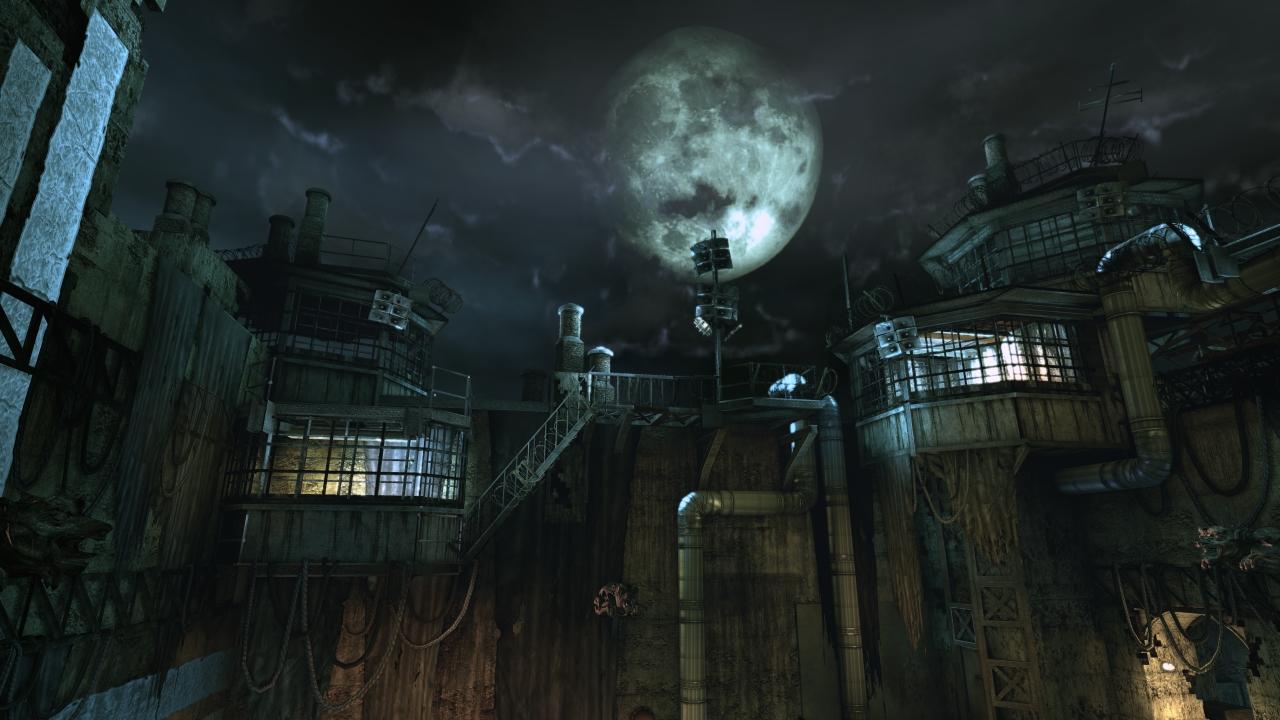
“A few of us were in New York on launch night because we had been doing press interviews to promote the game,” he tells us.
“We decided to find a games shop that was open for the midnight launch, and just headed over there to experience it first-hand. We rolled into to a GameStop in Manhattan at about 11:45pm and the staff thought we were just a bunch of drunk random British tourists (some of which was true).
“We spent the next 15 minutes trying to convince them that we had made the game they were about to start selling. We had a great laugh with the staff and players who came out, culminating in a human pyramid. Best launch night ever.”
For Jamie Walker, it was one day in 2014 right before the production phase of Arkham Knight that springs to mind more than most for studio head:
“We had a visitor from the Make-A-Wish foundation” recollects Walker.
“His wish was to fly over to the UK from the states and visit Rocksteady. What an honor and privilege it was for us to spend time with him. It certainly made us feel proud that our games could touch people and it always brings home how fortunate we are to make games for people like him rather than have a real job.”
Matt is a full-time freelance journalist who specializes in arts, culture and tech – be that movies, TV, video games, or otherwise. He's also turned his hand to everything from mattresses to motorbikes as a journalist. Prior to this, Matt headed up the games and entertainment section at T3.com, alongside being published across TechRadar, IGN, Tom's Guide, Fandom, NME, and more. In his spare time, Matt is an avid cinema-goer, keen runner and average golfer (at best). You can follow him @MattPoskitt64.
